“Fortinet’s seventh annual State of Operational Technology Cybersecurity Report shows that organizations are taking OT security more seriously. This is reflected in a significant increase in assigning responsibility for OT risk to the C-suite, along with higher self-reported improvements and growth in OT security,” said Nirav Shah, senior vice president, Products and Solutions, Fortinet.
Positive shift in OT cybersecurity responsibility across business leadership teams: The report notes a significant increase in the global trend of corporations planning to integrate cybersecurity under the CISO or other executives.

As direct responsibility shifts to the executive leadership level, OT security is elevated to a boardroom level concern. The top internal leaders influencing OT cybersecurity decisions are now likely to be the CISO/CSO.
More than half (52%) of organizations now report that their CISO/CSO is responsible for OT, up from 16% in 2022. Across all senior leadership roles, this number jumps to 95%. Additionally, the number of organizations that intend to move OT cybersecurity under the CISO’s purview in the next 12 months increases from 60% to 80% by 2025.
OT cybersecurity maturity is influencing the impact of breaches: Organizations self-reported significant improvements in OT security maturity this year. At the basic Level 1 level, 26% of organizations said they had established visibility and implemented segmentation, up from 20% last year.
The largest number of organizations that reported their security maturity were at Level 2 access and profiling. The Fortinet survey also found a correlation between maturity and attacks. Organizations that reported being more mature (levels 0 to 4) were experiencing fewer attacks or said they were better able to handle less sophisticated tactics such as phishing.
It should be noted that some tactics such as advanced persistent threats (APTs) and OT malware are difficult to detect, and less mature organizations may not have the security solutions to identify their presence. Overall, while nearly half of organizations have experienced an impact, the impact of intrusions on organizations is decreasing, with the most significant reduction being the reduction in revenue-impacting downtime, which dropped from 52% to 42%.
Adopting cybersecurity best practices is having a positive impact: In addition to Maturity influencing the impact of breaches, it appears that adopting best practices such as implementing basic network cleaning and auditing, as well as training and awareness, is having a real impact, resulting in a significant reduction in business email breaches.
The number of organizations adopting other best practices and best practices, such as incorporating threat intelligence, has also increased dramatically (49%) since 2024. Additionally, the report found a significant decline in the number of OT equipment vendors, a sign of maturity and operational efficiency. More organizations (78%) now use just one to four OT vendors, suggesting that many of these organizations are consolidating vendors as part of their strategy to implement best practices.
The consolidation of cybersecurity vendors is also a sign of organizational cybersecurity maturity; and in many cases, a testament to the trust customers have in the Fortinet OT Security Platform. Consolidated networking and security at remote OT sites has increased visibility and reduced network risk, resulting in a 93% reduction in network incidents compared to flat networks. Simplified Fortinet solutions also deliver a 7x performance improvement through reduced triage and setup.
Fortinet's Global 2025 State of Operational Technology (OT) Cybersecurity Report provides actionable insights for organizations to help strengthen their security posture. Organizations can address OT security challenges by adopting best practices.
Organizations need to be able to understand every element of their OT network. Once visibility is established, organizations then need to protect critical and vulnerable devices, which requires protective compensation controls tailored to sensitive OT devices. Features such as protocol-aware network policies, system interaction analysis, and endpoint monitoring can detect and prevent compromise of vulnerable assets.
Implement Segmentation: Mitigating intrusions requires a solid OT environment with strong network policy controls at all access points. This type of defensible OT architecture begins with the creation of network zones or segments. Standards such as ISA/IEC 62443 specifically require segmentation to enforce controls between OT and IT networks and between OT systems. IT teams should evaluate the overall complexity of managing a solution and consider the benefits of an integrated or platform-based approach with centralized management features.
Consider a platform approach to overall security architecture: To address rapidly evolving OT threats and an ever-expanding attack surface, many organizations use a variety of security solutions from different vendors, resulting in an overly complex security architecture that hinders visibility and places an additional burden on the security team's limited resources...
Source: https://doanhnghiepvn.vn/chuyen-doi-so/an-ninh-mang/cac-to-chuc-ngay-cang-coi-trong-bao-mat-cong-nghe-van-hanh/20250710014645839












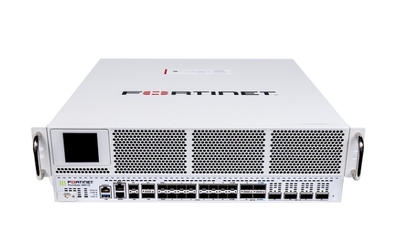

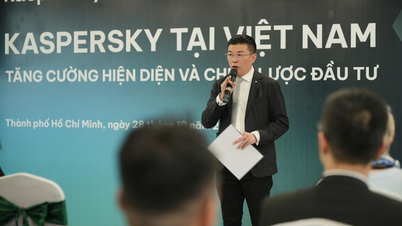



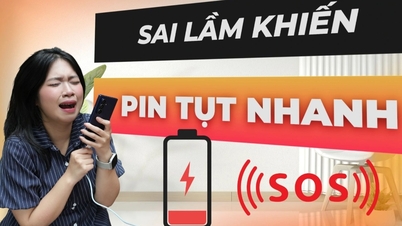







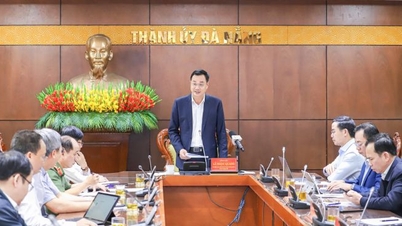




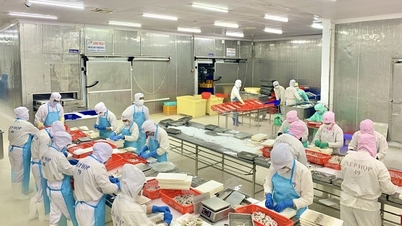

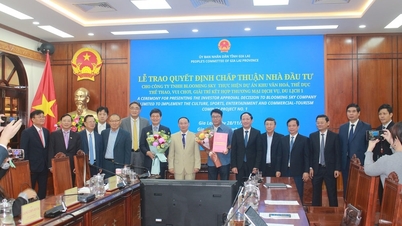




















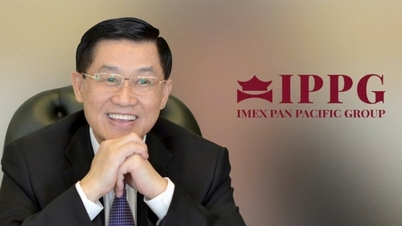






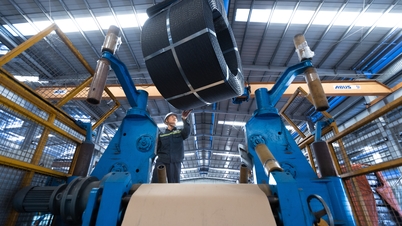



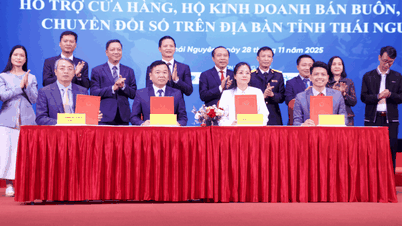






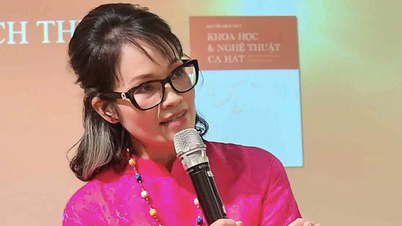







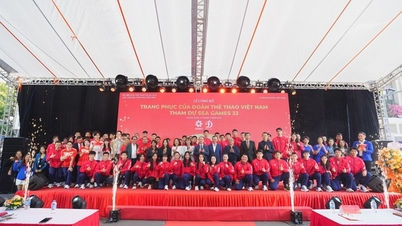




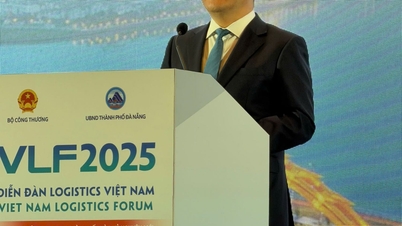
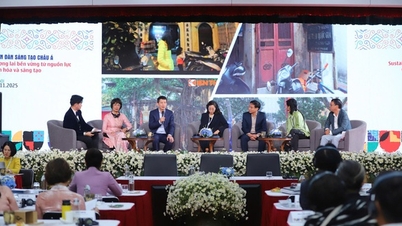
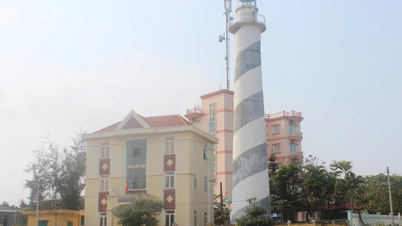






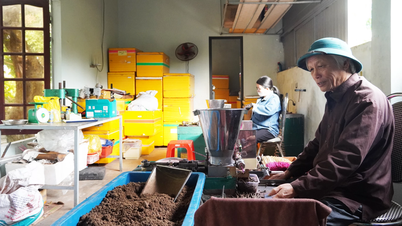












Comment (0)